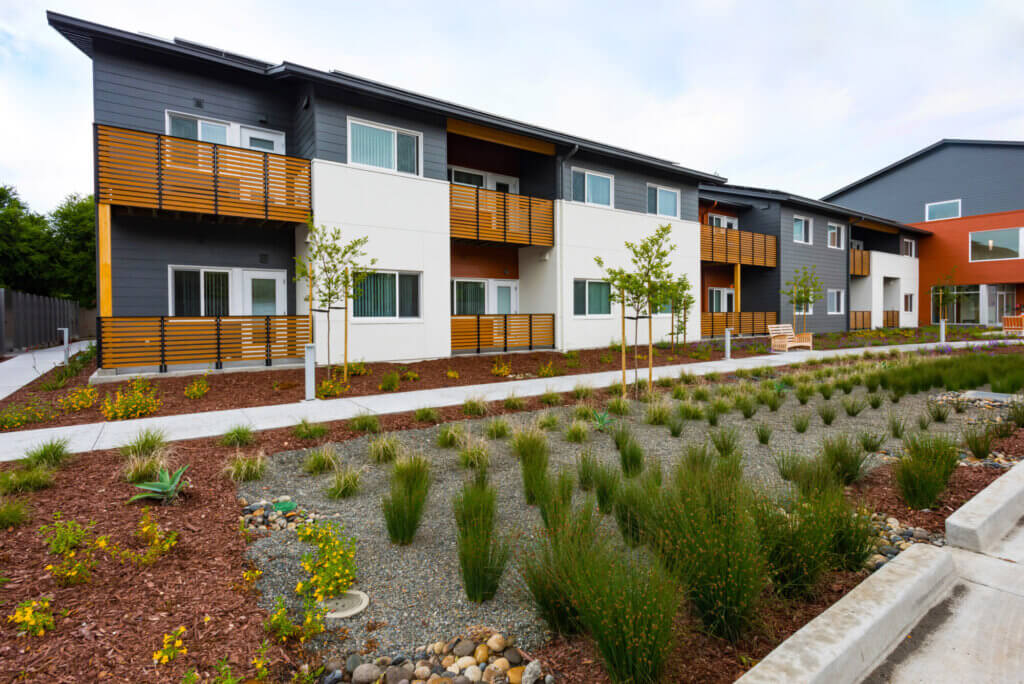Estimating COVID-19’s Near-Term Impact on Renters
Published On April 24, 2020
As another rent day approaches, renter households across the country that have suffered job or income losses due to the economic impacts of efforts to slow the spread of COVID-19 are struggling to make ends meet. While the federal CARES Act represents an important first step to addressing the short-term economic impacts of this crisis, more needs to be done to ensure the housing security of vulnerable renters and address the scope of mounting rental shortfalls.
Today, the Terner Center has published a new analysis, Estimating COVID-19’s Near-Term Impact on Renters, which provides insights into the extent to which renter households may be affected by the initial economic impacts of the pandemic, and how those impacts vary across states and metropolitan areas.
Our team estimates:
- Nearly 16.5 million renter households have at least one worker in an industry likely to be immediately affected by job or income losses due to shelter-in-place guidelines.
- Among likely-impacted renter households, more than 7.1 million were already experiencing housing cost burdens.
- Comparing typical rents of likely-impacted households with expanded Unemployment Insurance benefits suggests these benefits will stretch further in some states than others, and will not adequately address the rental assistance needs of many affected households.
- Rent shortfalls are particularly stark in high-cost areas like California, Hawaii, and D.C. For example, in Los Angeles, nearly 1 million of the state’s renter households are likely to be immediately impacted by COVID-19-related income loss.
Read more on here, and see the appendix for detailed tables with state and metro area data. The Terner Center has also launched a new landing page for easy access to forthcoming work on the compounding impacts of COVID-19 on housing.





